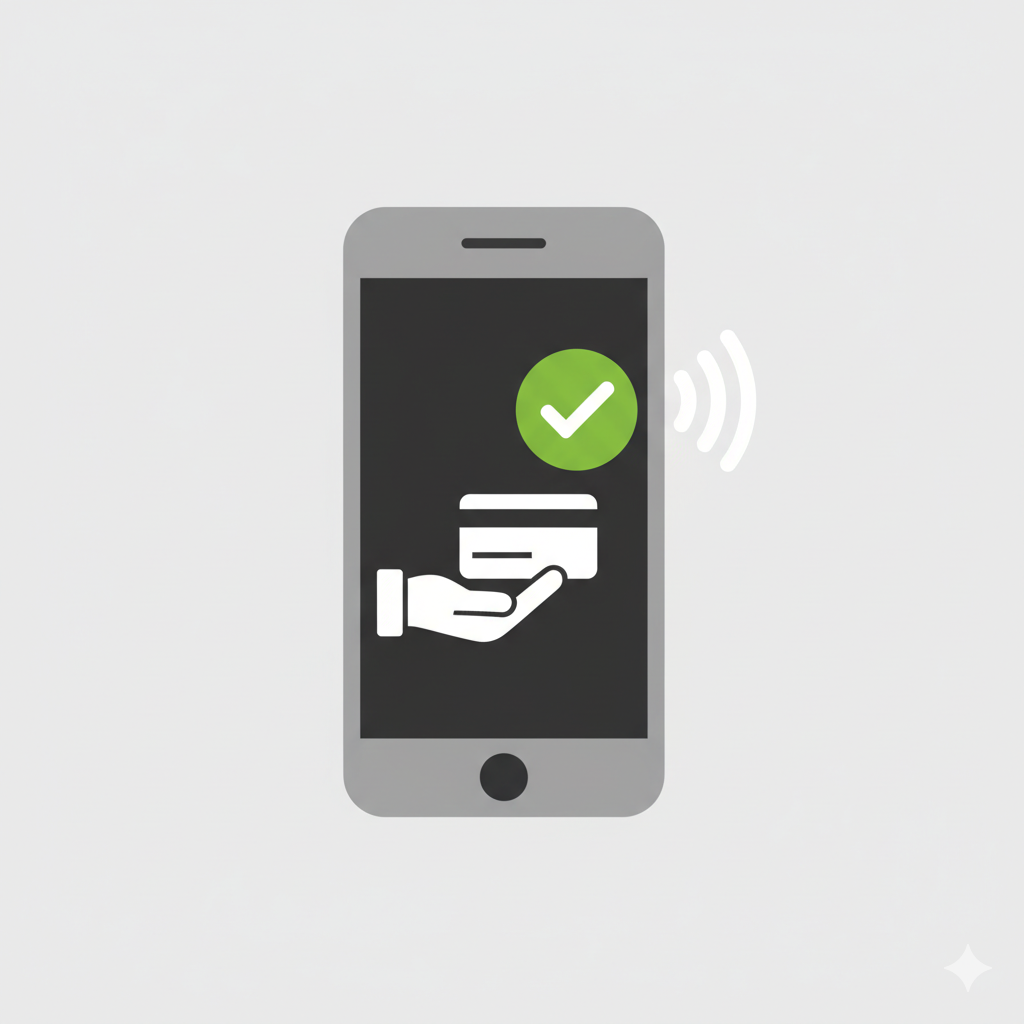For decades, the idea of the “snowball effect” has been at the heart of digital success. You start small, gain traction, and suddenly momentum takes over. One viral post, one surge in visitors, one lucky break—and everything compounds from there.But today’s internet has a new obstacle: bot traffic. And it changes everything about how long it takes for that snowball to start rolling.
The Illusion of Growth
Bot traffic isn’t just spammy comments or fake followers—it’s the invisible noise that makes your analytics lie to you. Modern bots can scroll, click, and even interact like humans. They inflate numbers, distort conversion rates, and make you believe your content is reaching more real people than it actually is.
This illusion can be dangerous. It tricks new creators into thinking they’re gaining traction when in reality, their audience hasn’t truly found them yet.
That’s why so many blogs, YouTube channels, and new businesses feel like they’re “doing everything right” but aren’t getting any real engagement. Their content isn’t being ignored—it’s just being viewed by machines.
Why It Delays the Snowball Effect
In the old days of the web, your first 1,000 visitors could realistically tell you how good your content was. You’d see which pages people lingered on, what posts got shared, and what products got clicked.
Now, your first 1,000 “visitors” might include hundreds of bots. That means your real human audience is smaller than it looks, and your feedback loop is weaker.The snowball effect depends on momentum created by real people—shares, recommendations, word of mouth. Bots can’t give you that. They just make your analytics dashboard glow without adding any real energy to your brand.So what happens? You have to work longer and harder before your real audience finds you. You have to create more content, build more backlinks, and engage in more human spaces before the snowball starts to move.
The New Kind of Ground Work
The solution isn’t to give up—it’s to change your early-game strategy. The creators who win in this era are the ones who know how to separate real traction from fake signals.
Here’s how:
1. Focus on direct engagement.
Don’t just watch pageviews—watch for comments, email replies, and DMs. These are the real signals of life in your audience.
2. Build relationships before relying on algorithms.The early momentum now comes from human trust, not search rankings. Talk to other creators, collaborate, and build micro-communities.
3. Track conversions, not clicks.
If you’re selling something, ignore the total visitors and look at who actually buys or signs up. That’s where your real data lives.
4. Invest in reputation, not reach.
With bot traffic flooding the web, authenticity becomes your main differentiator. People follow people they can trust—not those with inflated numbers.
When the Snowball Finally Starts Rolling
The good news is, once you’ve done the real groundwork—once you’ve found your authentic audience—the snowball still works. In fact, it works better than ever, because most people give up before getting there.
Bot traffic slows down fake growth, but it also filters out the impatient. The creators who stay consistent long enough to reach genuine human traction find themselves in a less crowded space, with a stronger foundation.
The modern internet rewards patience. You can’t fake momentum anymore. You have to earn it the hard way—through real content, real people, and real connections.When you do, the snowball finally rolls. And this time, it’s solid ice—not fluff.

